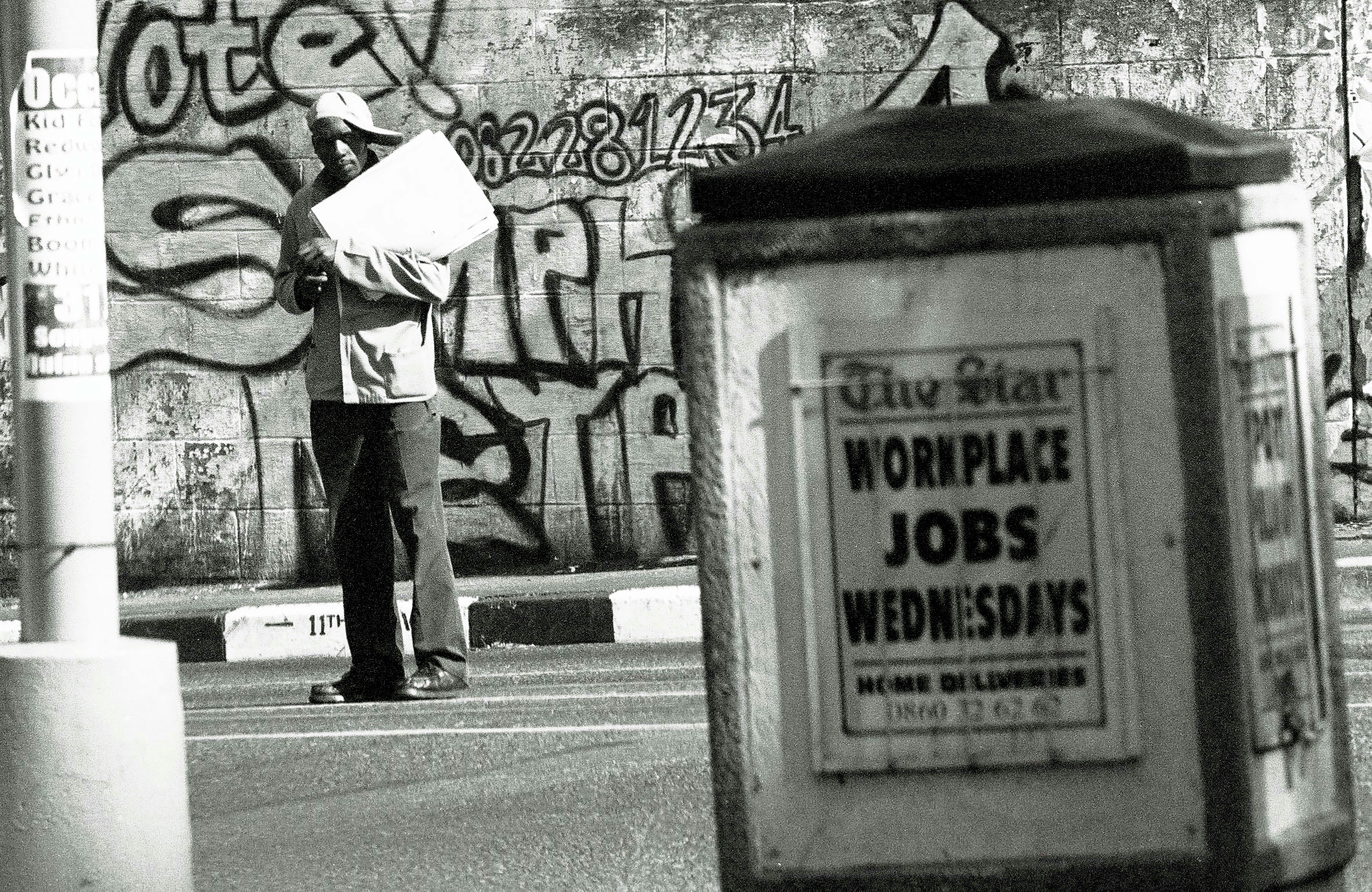
It could develop into an indelible reminiscence for many who couldn’t assist however watch and watch and watch: a white Ford Bronco steadily touring alongside the cleared freeways of Southern California, a path of police vehicles not far behind.
Its passenger, after all, was O.J. Simpson, and the two-hour chase on June 17, 1994, that interrupted common programming transfixed a nation.
“I watched it till it ended. I wasn’t getting off the TV. Who was getting off the TV on a chase like that?” mentioned Richard Smith, 67, who gathered that day along with his household to see all of it unfold on tv of their South Los Angeles condo.
The saga of Mr. Simpson, from the chase to the felony trial to the aftermath, could be adopted, debated and dissected carefully by hundreds of thousands, etching itself into Los Angeles historical past and thrusting town into what appeared the middle of the universe.
On Thursday, as information unfold of Mr. Simpson’s death at 76 from cancer, many residents had been pressured to reminisce about occasions that felt distinctly private, pertaining to problems with race and celeb that had lengthy hit near house in Southern California. And the case had performed out on their house turf solely a handful of years after the Rodney King beating and the Los Angeles riots.
Mr. Simpson, on the time, was seen as somebody who had transcended the tense and lethal relationship different Black Angelenos had with regulation enforcement. Hovering above his impoverished beginnings, he had carved out a global present enterprise profession and lived within the prosperous enclave of Brentwood.
We’re having bother retrieving the article content material.
Please allow JavaScript in your browser settings.
Thanks to your persistence whereas we confirm entry. If you’re in Reader mode please exit and log into your Instances account, or subscribe for all of The Instances.
Thanks to your persistence whereas we confirm entry.
Already a subscriber? Log in.
Need all of The Instances? Subscribe.






